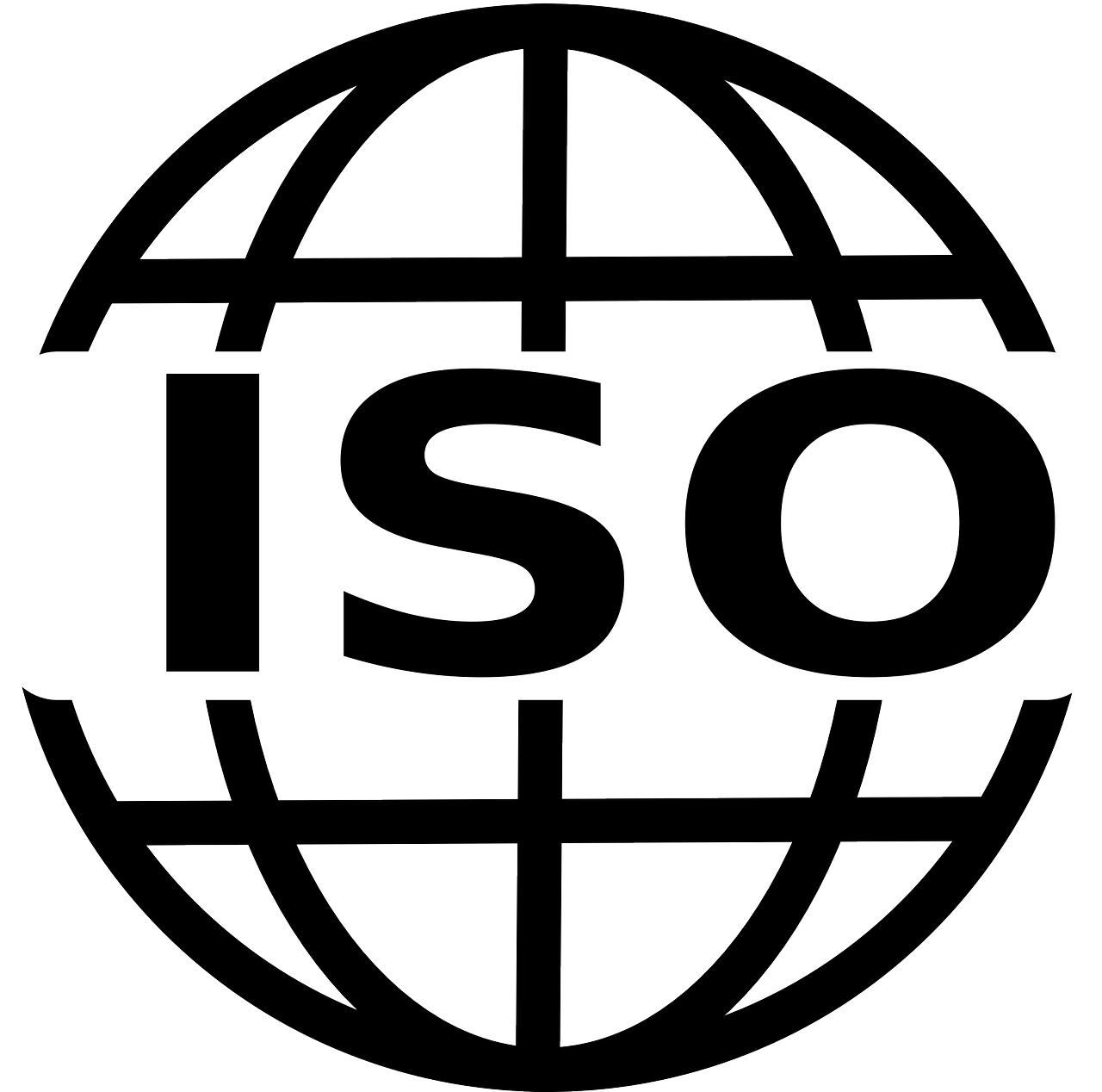
The Global Business Identity Standard
Discover the history, current usage, and future potential for Legal Entity Identifiers.
Why?

The LEI code has institutional weight
The LEI was created as a result of the 2008 financial crisis to deliver strong organization identity for counter-parties
LEIs protect citizens during market crises by providing understanding of dependencies and risk exposure
Endorsed by the G20 and the Financial Stability Board, and regulated by the Global LEI Foundation (GLEIF)

The LEI code enables compliant, cross-border transactions
NO LEI, NO TRADE : non-compliance with certain regulations risks fines and no-trade penalties
LEIs are made mandatory by MiFID, MiFIR, Dodd-Frank Act, EMIR and many other regulations
New regulations mandating LEI inclusion go live every month

The LEI confers trust in your organizational identity and legitimacy
Data providers and credit check organizations utilize LEIs in Know-Your-Customer (KYC) on-boarding, and client identity refresh processes
Missing LEIs cause disruptions in business activities, deals, and transactions
LEIs are the primary connector between all the regional and private sector organization identifiers

LEI records contain valuable, accurate, and transparent identity data attributes
Both humans and machines can verify the LEI
The entire LEI database is open and searchable via web, full dataset download, or API
LEIs provide up-to-date organization identity
The LEI is the only identifier to connect parent and children organizations
LEIs support multiple languages for names and addresses

LEIs enable applications to utilize your strong organizational identity
LEIs are included in electronic / digital signatures, documents, press releases, site seals, QR codes, bar codes, and more
Human & machine-readable XBRL Digital Signatures are linked to LEI for permanent certainty about integrity of document such as annual reports and financial statements
LEIs are now included in x.509 digital certificates
LEIs will be included in SWIFT transactions in the new ISO payment standard
Business Leaders Speak
LEI is our core standard and is vital for society
Like barcodes for financial transactions, LEIs benefit industry by helping to lower reporting costs, while furnishing regulators with better, consistent data for research and analysis
The setting of standards is a natural evolution in the creation of a digital-asset based economy
Origin
Maybe this should be first? Chances are you already know. Chances are you know because you have to have it. The Legal Entity Identifier (LEI) is prized in modern transactional reporting due to an inherent unambiguous nature. This means computers like to eat it. The LEI came into vogue after the global financial crisis of 2008 exposed entity identification as a key fault line. A LEI crystallizes any company into a 20-character, machine-readable code. One LEI will always equal one legal entity. Sounds basic. It is. Seminal. And with functional administration by a G-20 backed consortium, expect LEI usage to grow in the 2020s as the company ID number of choice.

The Standard: ISO 17442
ISO 17442 defines the information readable from each code. A LEI will always contain:
The official name of the legal entity.
The registered address of the legal entity.
The country of formation.
The codes for the representation of names of countries and their subdivisions.
The date of the first LEI assignment.
The date of last update of the LEI information.
The date of expiry.
That's the minimum. In the GLEIF nomenclature, the seven points above are referred to as Level 1 data: irrefutably answering Who is Who within the Global LEI system.
But additional information might be included. These extra data points are not required during registration and thus LOUs and Registration Agents are under no obligation to demand Level 2 data from an applicant. You can opt out for a variety of reasons. Level 2 data establishes Who Owns Whom. This robust, higher-order information requires upload of accounting documents in order to verify the consolidation of many entities into one LEI. Only large organizations have utility here. Level 2 data can eliminate internal errors as well as strengthening the Global LEI system.

Close Reading the Code

All LEIs have a strict, 20-character structure. Let's look at what each character set can tell us:
Characters 1-4
Prefix used to identify the LOU who issued the LEI code.
Characters 5-18
Entity specific part of the code issued by the LOU according to ISO 17442.
Characters 19-20
Check digits used to verify the LEI.
FAQs
CB.ES - CB Essential Services. A storefront in Queens, New York. CEO is Matthew Boyle.
Short rundown: We get and maintain LEIs so you don't have to. Whether you're a one-person operation, professional with a mid-sized suite, or megalith corporation. Register or extend a Legal Entity Identifier.
Maybe. Depends on the rules of engagement in your jurisdiction.
Maybe this should be first? Chances are you already know. Chances are you know because you have to have it. The Legal Entity Identifier (LEI) is prized in modern transactional reporting due to an inherent unambiguous nature. This means computers like to eat it. The LEI came into vogue after the global financial crisis of 2008 exposed entity identification as a key fault line. A LEI crystallizes any company into a 20-character, machine-readable code. One LEI will always equal one legal entity. Sounds basic. It is. Seminal. And with functional administration by a G-20 backed consortium, expect LEI usage to grow in the 2020s as the company ID number of choice.
Any entity which can be verified as existing can apply for a LEI. There are different procedures for verifying your entity which depends on if it exists in an external company registration database. If it does not, we will request the proper documentation to certify.
